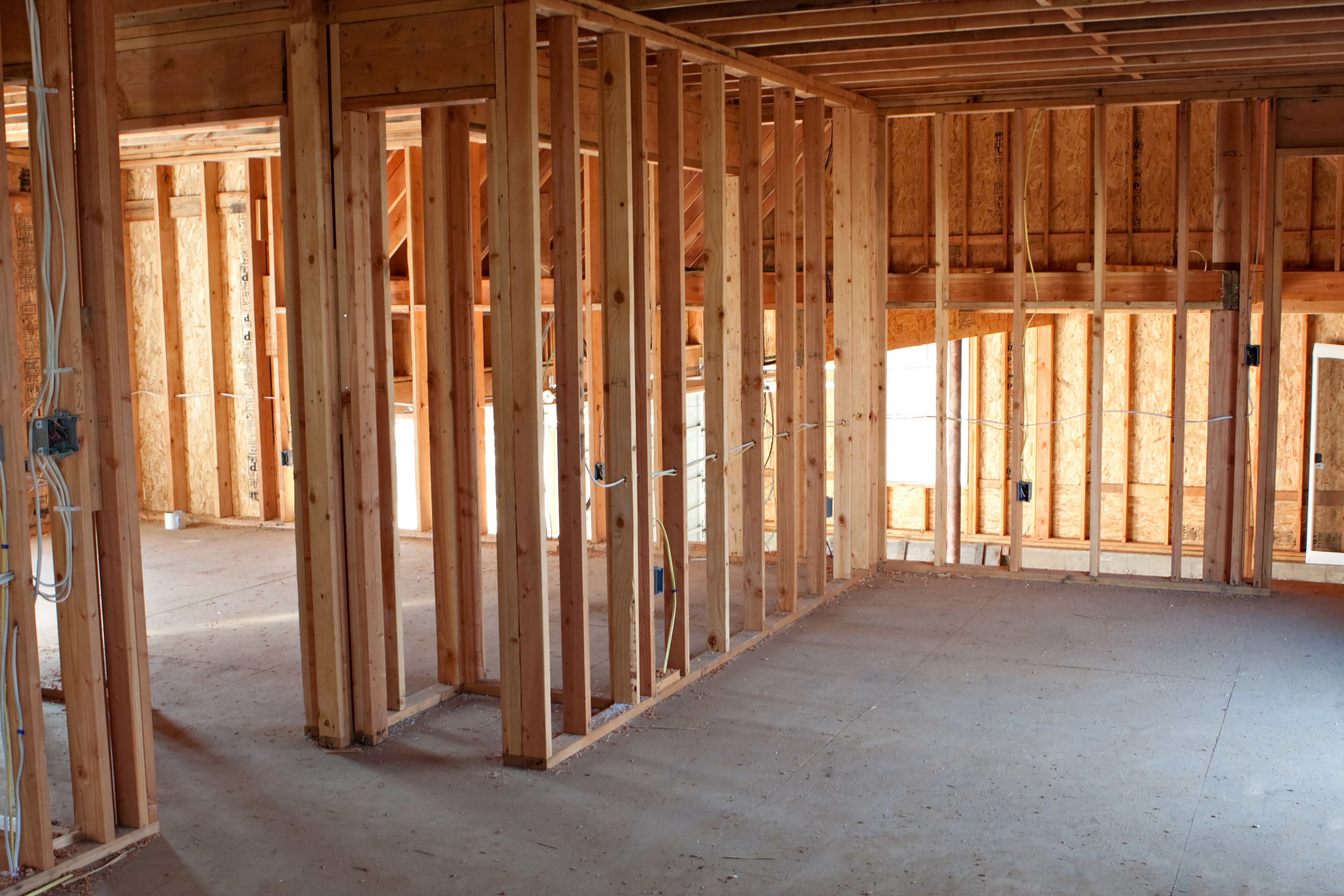Search for topics or resources
Enter your search below and hit enter or click the search icon.
February 6th, 2025
2 min read

Proper air sealing is one of the most effective ways to improve a home’s energy efficiency, reduce drafts, and prevent moisture-related issues. One key area that often goes overlooked is the base plate—the horizontal framing at the bottom of walls where air leaks are common. By caulking the base plates, homeowners can significantly improve insulation performance and create a more energy-efficient home.
Why Base Plate Air Sealing Matters
Air leakage at the base plates can lead to energy loss, cold drafts, and even moisture problems. Small gaps between the base plate and the subfloor allow outside air to seep in, making it harder to maintain comfortable indoor temperatures. This can force your HVAC system to work harder, increasing energy costs. Sealing these gaps with caulk or expanding foam helps create a continuous barrier, keeping conditioned air inside and unwanted air out.
How to Properly Caulk Base Plates
Sealing base plates is a straightforward process but requires attention to detail to ensure the best results. Here’s a step-by-step guide to doing it correctly:
1. Clean the Area
Before applying caulk, it’s crucial to remove any dust, dirt, or debris from the base plate and surrounding area. Sweeping and vacuuming ensures a clean surface, allowing the caulk to adhere properly.
2. Apply a Bead of Caulk
Once the surface is clean, apply a continuous bead of caulk along the base plate. It’s best to use a high-quality, flexible caulk designed for air sealing. Applying caulk along the vertical seams of the framing as well helps ensure a tighter seal.
3. Smooth the Caulk
After applying the caulk, use a finger or caulk finishing tool to press it into the gap. Applying slight pressure helps create a stronger bond and ensures a smooth, even seal.
4. Use Expanding Foam for Larger Gaps
In some areas, gaps may be too large for caulk alone to seal effectively. If you encounter a gap large enough to fit a finger under, using Great Stuff Big Gap Filler or a similar expanding foam product is the best solution. Expanding foam fills gaps more effectively than caulk, providing ten times better air-sealing performance for larger openings.
Benefits of Caulking Base Plates
1. Improves Energy Efficiency
Sealing air leaks at the base plates prevents unwanted drafts, helping to maintain a consistent indoor temperature. This reduces strain on heating and cooling systems, leading to lower energy bills.
2. Enhances Indoor Comfort
Drafts coming from base plate gaps can make certain areas of a home feel colder in winter and hotter in summer. Proper air sealing eliminates these temperature fluctuations, creating a more comfortable living space.
3. Prevents Moisture Intrusion
Air leaks can allow moisture from outside to enter the home, increasing the risk of mold growth and structural damage. Sealing the base plates helps protect against moisture-related problems.
4. Reduces Dust and Allergens
Gaps at the base plates can allow dust, pollen, and other allergens to enter the home. Sealing these gaps creates a cleaner indoor environment by reducing the amount of airborne particles that can infiltrate the space.
Final Thoughts
Air sealing is a crucial step in improving a home’s energy efficiency and comfort. By properly caulking base plates and using expanding foam for larger gaps, homeowners can reduce energy waste, prevent moisture problems, and create a more comfortable indoor environment. At Indiana Spray Foam, we specialize in high-performance insulation solutions, ensuring homes are well-sealed and energy efficient.
If you’re looking to enhance your home’s insulation and air-sealing performance, contact Indiana Spray Foam today. Our experts are here to help you maximize energy savings and comfort with professional insulation solutions tailored to your home’s needs.